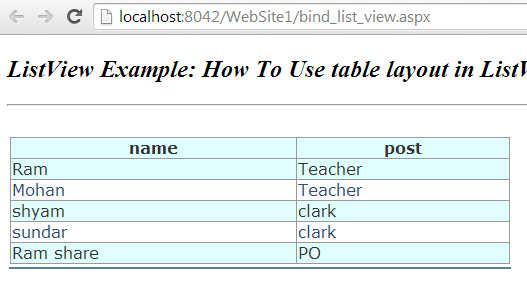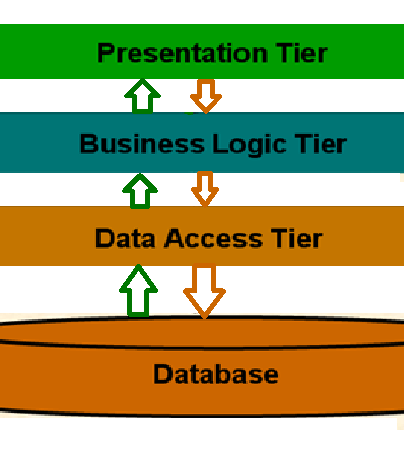Introducing ASP.NET MVC 4 Mobile Features
Introducing ASP.NET MVC 4 Mobile Features:
The world in which we live is changing rapidly. Almost
everyone now seems to own a smartphone, a tablet, or both, and we spend a lot
of our time (too much?) viewing web sites on these devices. This trend has
created a challenge for developers because mobile browsers and desktop browsers
behave differently.
Adding to that
challenge is the fact that there is a plethora of devices with different form
factors. Building web applications that look good and are fully functional on
these devices can quickly become a titanic task.
ASP.NET MVC 4 introduces a new set of features that is
intended to help developers create web applications that work seamlessly both
in desktop browsers and in mobile browsers. Views can now be created to target
specific browsers. Also, with the help of CSS3, we can apply styles based on
the form factor of the device.
Let me start by saying that, to provide the best user
experience across desktop and mobile browsers, you should work with HTML5 for
the markup and CSS3 for the styling of elements.
You can quickly identify in the listing the enhanced HTML5 markup, known
as semantic markup, with tags such as
<header> , <footer>
, <nav>, <section>, and a simplified <!DOCTYPE html>.
Another important aspect of mobile browsers is the viewport,
a virtual browser window that is defined in most mobile browsers. This
virtual window is normally defined with dimensions that are larger than the
actual device screen, which allows users to zoom in on page content that is of
interest. If the viewport, on the other hand, is defined by the developer with
the actual device screen dimensions, then zooming is not available as the
content in the page is supposed to fit correctly.



Comments
Post a Comment